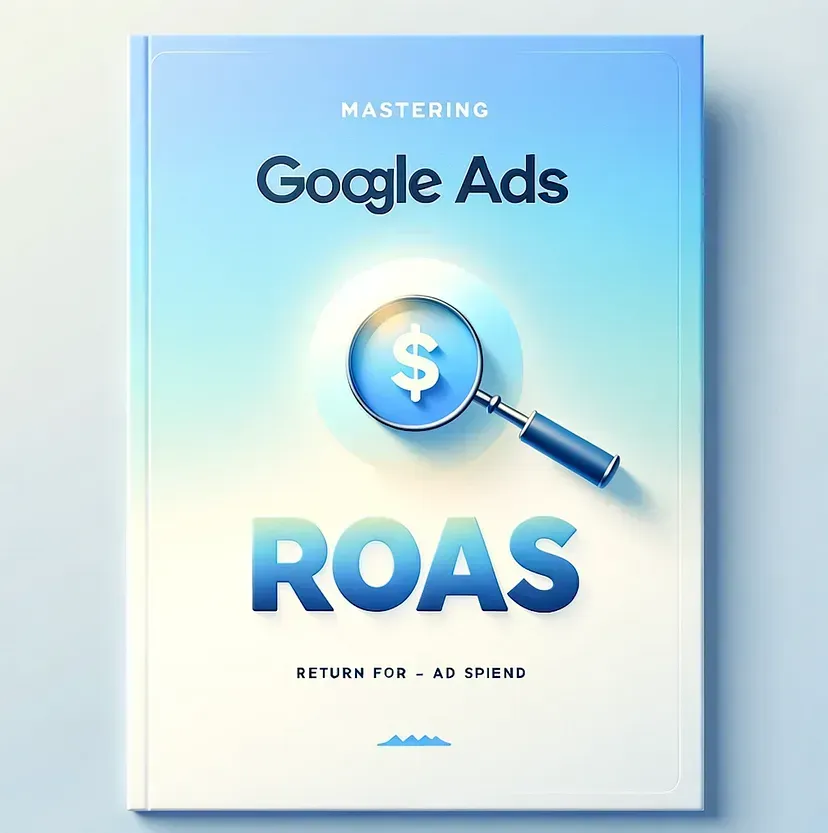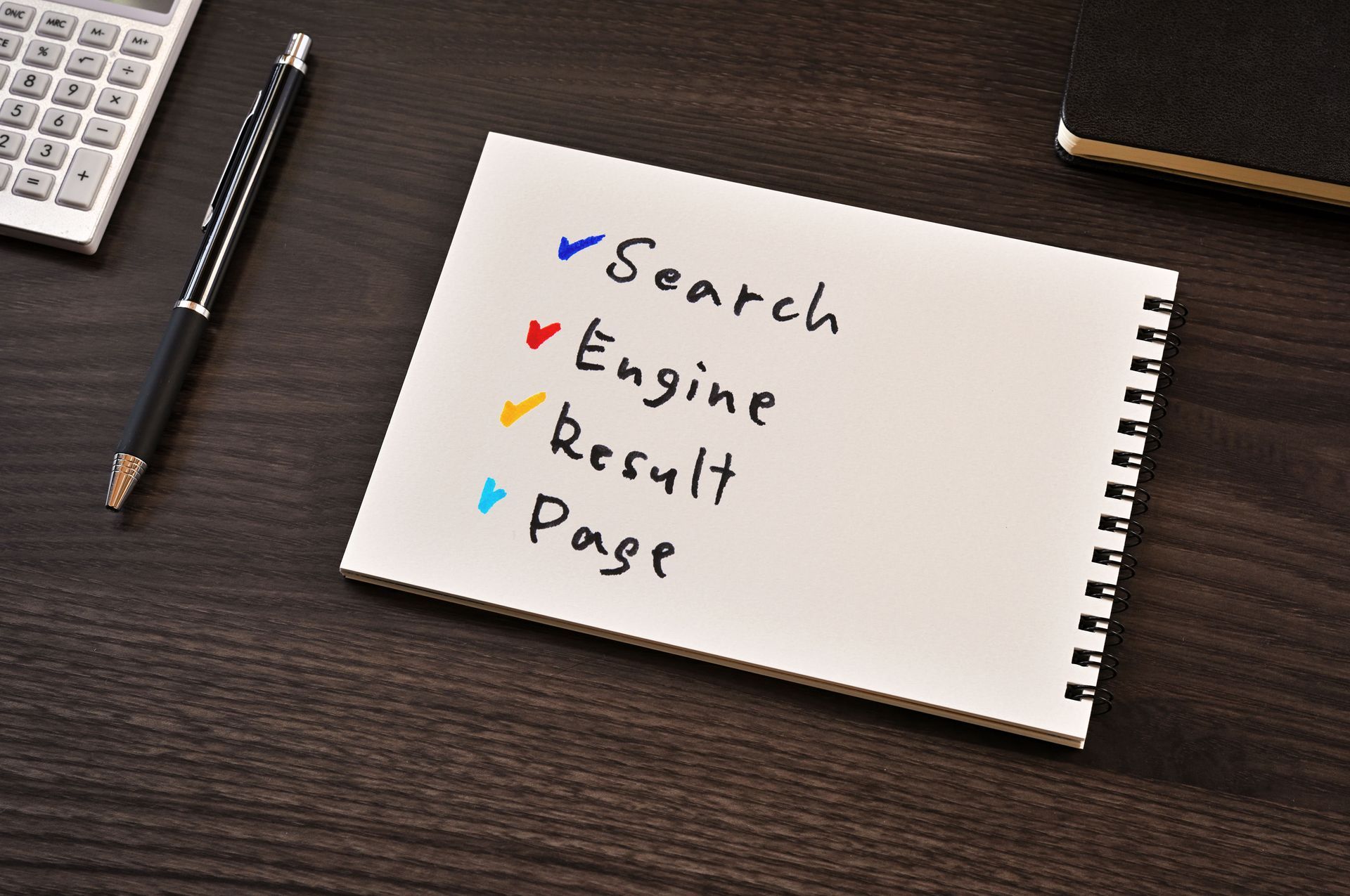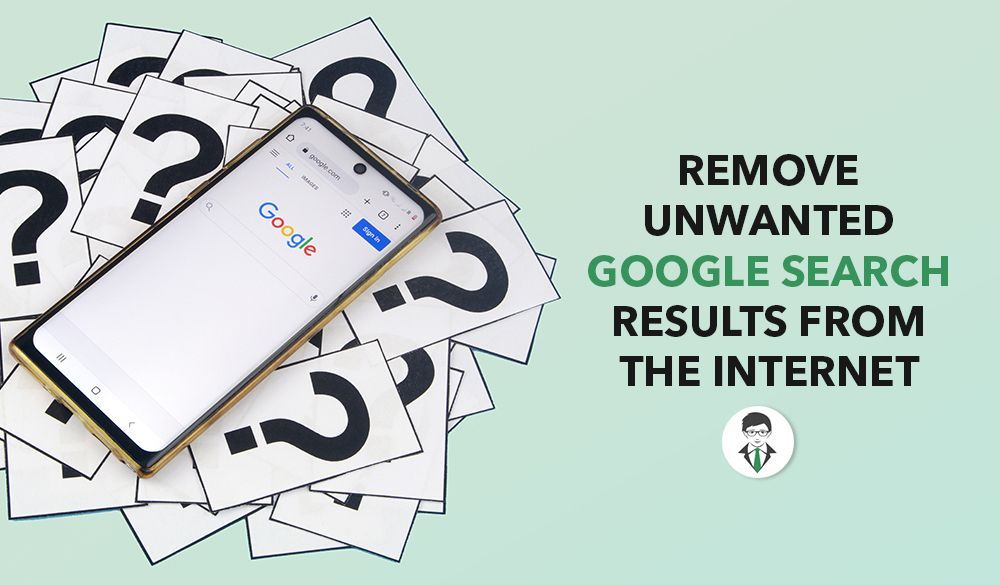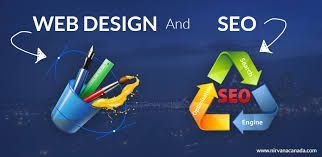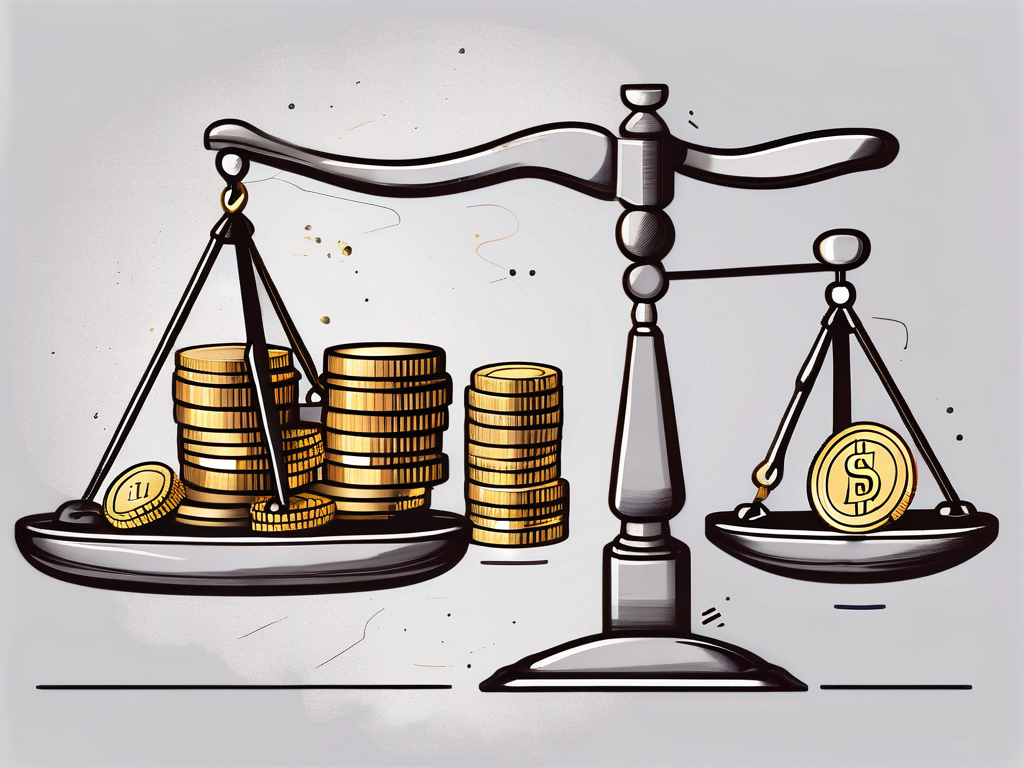How SEO and Ad Buying are Reshaping the Digital Landscape
In today's digital age, it is crucial for businesses to have a strong online presence. This is where Search Engine Optimization (SEO) and Ad Buying come into play. These two strategies have revolutionized the way brands approach digital marketing, creating a new landscape that requires businesses to adapt in order to stay relevant and competitive.
Understanding the Basics of SEO and Ad Buying
Before delving into the impact of these strategies, it is essential to understand what SEO and Ad Buying entail.
Search Engine Optimization (SEO) is a multifaceted practice that involves optimizing a website to rank higher on search engine result pages (SERPs). It encompasses a range of techniques, including keyword research, on-page optimization, link building, and content creation. By implementing these strategies, website owners aim to increase their visibility and drive organic traffic to their site.
Keyword research is a crucial aspect of SEO. It involves identifying the words and phrases that users are likely to search for when looking for products, services, or information related to a specific industry or topic. By incorporating these keywords strategically into website content, meta tags, and other elements, website owners can improve their chances of ranking higher in search engine results.
On-page optimization involves optimizing various elements within a web page to improve its visibility to search engines. This includes optimizing title tags, meta descriptions, headings, and URL structures. Additionally, website owners need to ensure that their content is relevant, informative, and engaging to both users and search engines.
Link building is another critical aspect of SEO. It involves acquiring high-quality backlinks from other websites, which signal to search engines that a website is trustworthy and authoritative. By earning these backlinks, website owners can improve their website's credibility and increase their chances of ranking higher in search results.
Content creation is an integral part of SEO. Websites that regularly produce high-quality, informative, and engaging content tend to attract more visitors and have a better chance of ranking higher in search results. Content can take various forms, including blog posts, articles, videos, infographics, and more.
Ad Buying, on the other hand, refers to the practice of purchasing online advertising space to promote products or services. It is an essential component of digital marketing strategies and allows businesses to reach a wider audience and drive targeted traffic to their websites.
Display ads are one of the most common forms of online advertising. These ads can appear on websites, mobile apps, or social media platforms and typically include images or videos. Display ads can be highly effective in generating brand awareness and attracting potential customers.
Search engine advertising, also known as pay-per-click (PPC) advertising, involves bidding on specific keywords to display ads alongside search engine results. When users search for a particular keyword, the ads associated with that keyword may appear at the top or bottom of the search results page. This form of advertising allows businesses to target users who are actively searching for products or services related to their industry.
Social media advertising is another popular form of ad buying. With billions of users worldwide, social media platforms offer businesses an opportunity to reach a vast audience. These ads can be highly targeted based on demographics, interests, and user behavior, allowing businesses to connect with their ideal customers.
Ad Buying provides businesses with the ability to reach potential customers at various stages of the buying process. Whether it's raising awareness, driving website traffic, or generating leads, online advertising offers a range of options to suit different marketing objectives.
The Interplay Between SEO and Ad Buying
While SEO and Ad Buying are distinct strategies, they work hand in hand to maximize online visibility and effectiveness.
How SEO Complements Ad Buying
SEO provides a strong foundation for digital marketing efforts. By optimizing a website for search engines, businesses can improve their organic rankings, which in turn enhances the visibility of their paid advertisements. This synergy helps companies increase their online presence and capture the attention of their target audience.
The Impact of Ad Buying on SEO
Ad Buying can also have a direct impact on SEO. Through paid advertising, businesses can increase website traffic, generate leads, and create brand awareness – all of which can contribute to higher organic rankings. Additionally, the data collected from ad campaigns can be used to inform and refine SEO strategies, ensuring that businesses stay ahead of the competition.
The Changing Digital Landscape
The digital landscape is constantly evolving, and with it, the strategies that drive online success.
The Role of SEO in the Evolving Digital World
As technology advances and search engines become more sophisticated, SEO continues to evolve. Today, SEO encompasses not only traditional website optimization but also factors like mobile-friendliness, user experience, voice search, and snippet optimization. Businesses that adapt to these changes will have a competitive edge in the digital landscape.
Ad Buying in the Modern Digital Market
In today's digital market, ad platforms provide businesses with sophisticated targeting options and analytics. This enables companies to reach their target audience with precision, ensuring that their ads are seen by those most likely to convert. As the digital market becomes increasingly saturated, the ability to effectively utilize ad buying becomes crucial for success.
Future Predictions for SEO and Ad Buying
The future of digital marketing is an exciting realm, poised for further evolution and innovation.
The Future of SEO in Digital Marketing
In the future, we can expect SEO to continue adapting to new technologies and search engine algorithms. Artificial intelligence and machine learning will play a more significant role, allowing search engines to better understand search intent and deliver increasingly relevant results. As a result, businesses will need to keep up with these advancements to maintain their online visibility and stay competitive.
Predicted Trends for Ad Buying
Ad buying is likely to become even more tailored and personalized in the future. We will see advancements in targeting capabilities, with advertisers able to reach consumers with highly specific demographics and interests. Additionally, there may be an increased focus on ethical advertising practices, with more transparency and accountability in the digital advertising space.
Strategies for Effective SEO and Ad Buying
To succeed in the changing digital landscape, businesses must adopt effective strategies for both SEO and Ad Buying.
Best Practices for SEO
When it comes to SEO, quality content is king. Creating valuable and relevant content that resonates with your target audience is essential. Additionally, staying up to date with SEO trends, conducting keyword research, and optimizing website speed and usability are key for success.
Tips for Successful Ad Buying
To make the most of Ad Buying, it's vital to define your target audience and create tailored ad campaigns. Take advantage of audience targeting options provided by ad platforms and continually analyze and optimize your campaigns based on data and performance metrics. Regularly testing new ad formats and channels will also help you stay ahead of the curve.
As we navigate the ever-changing digital landscape, it is clear that SEO and Ad Buying are reshaping the way businesses approach digital marketing. The interplay between these strategies, along with the continuous evolution of technology, presents both challenges and opportunities for brands. By understanding, embracing, and effectively utilizing SEO and Ad Buying, businesses can position themselves for success in the digital world.

